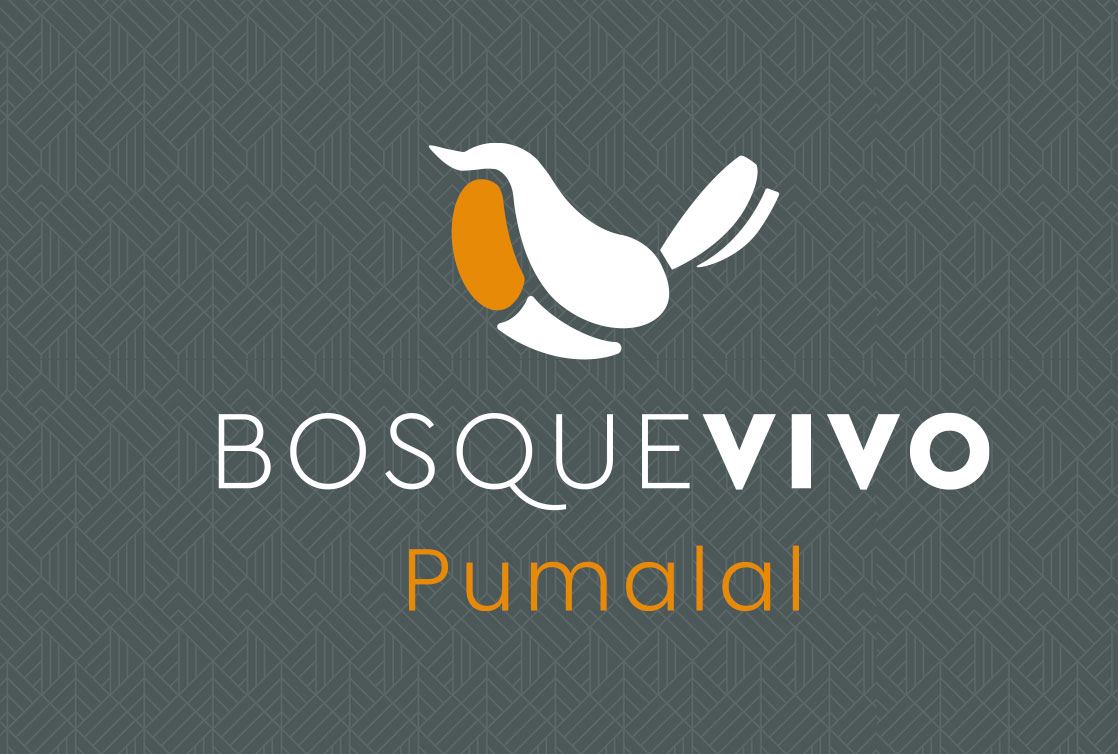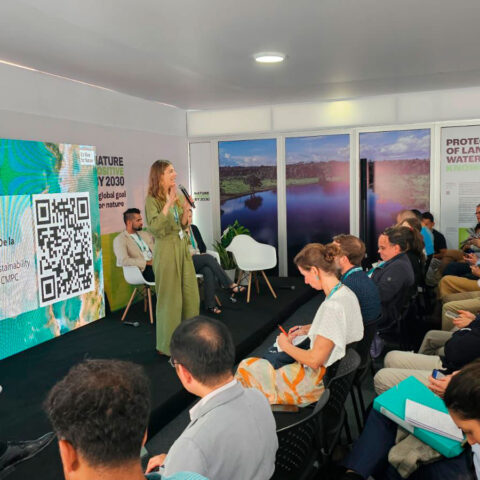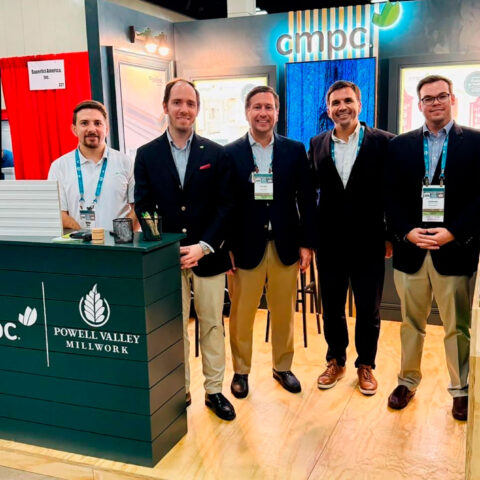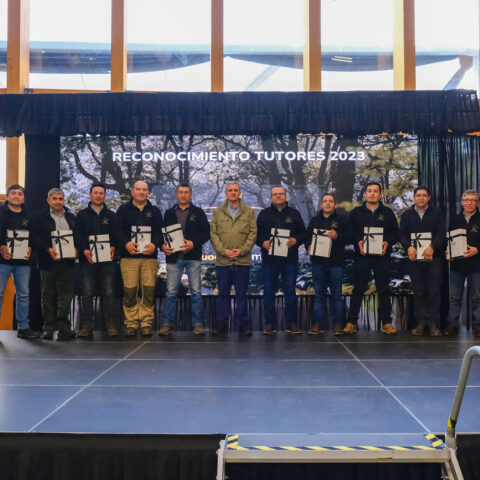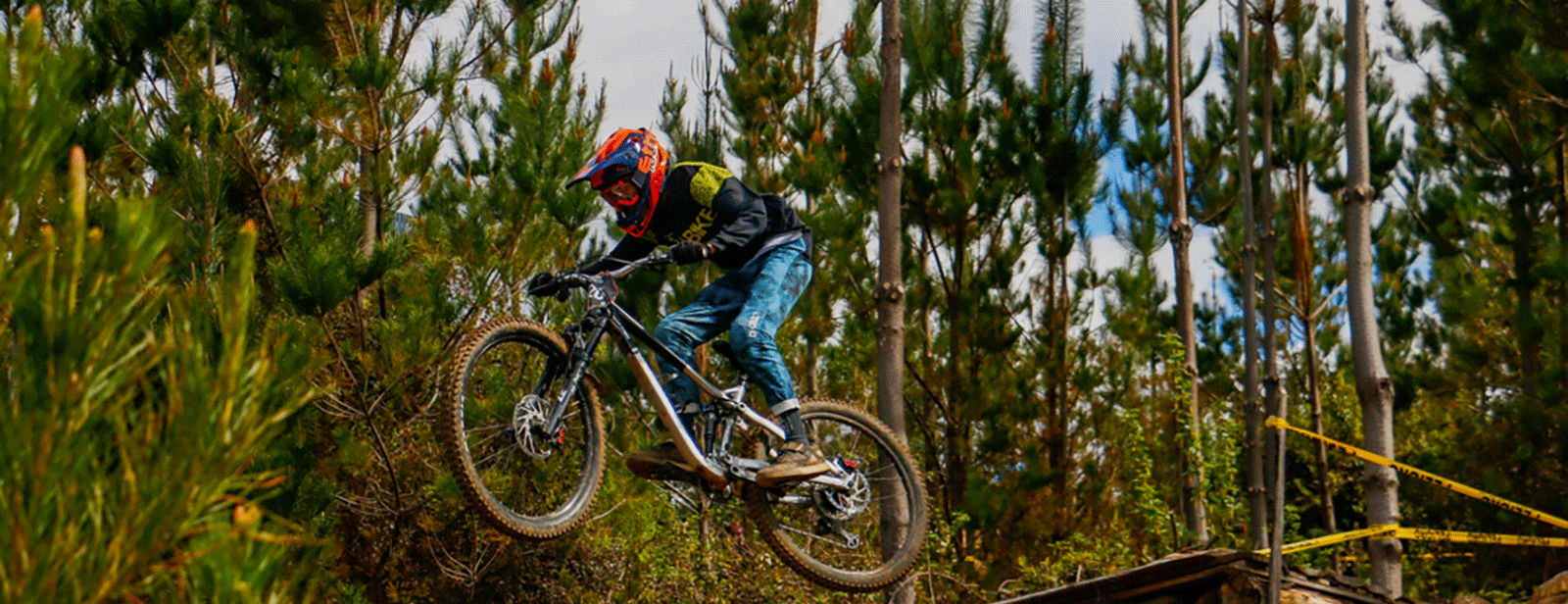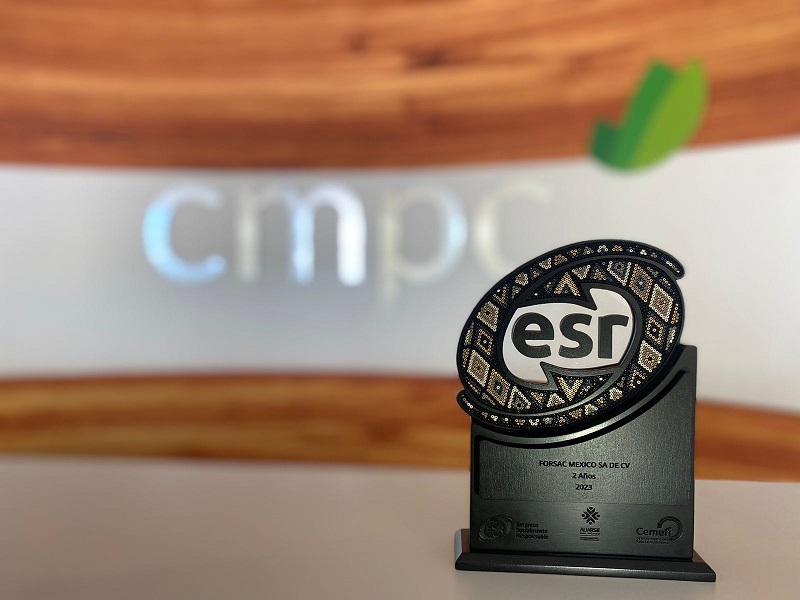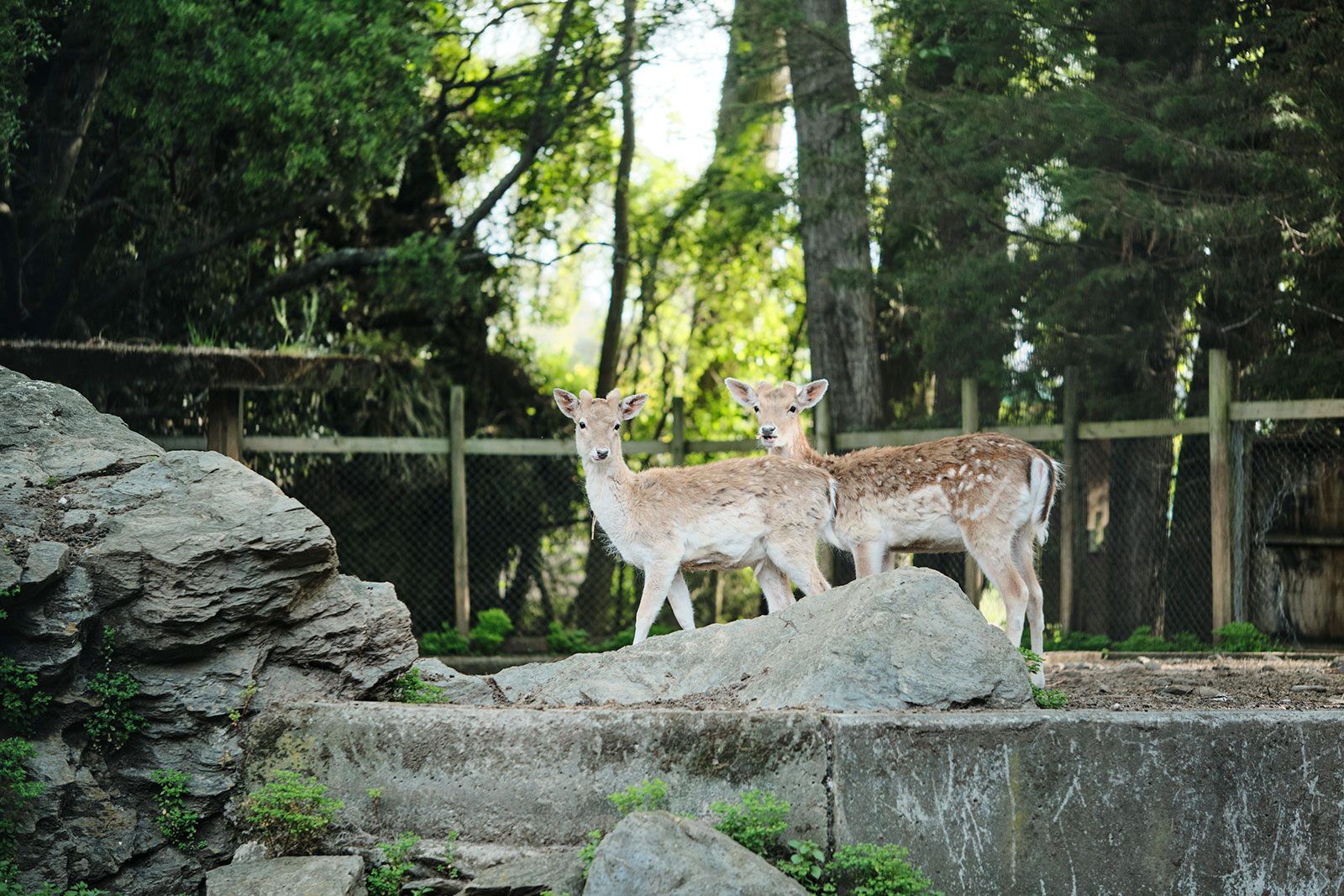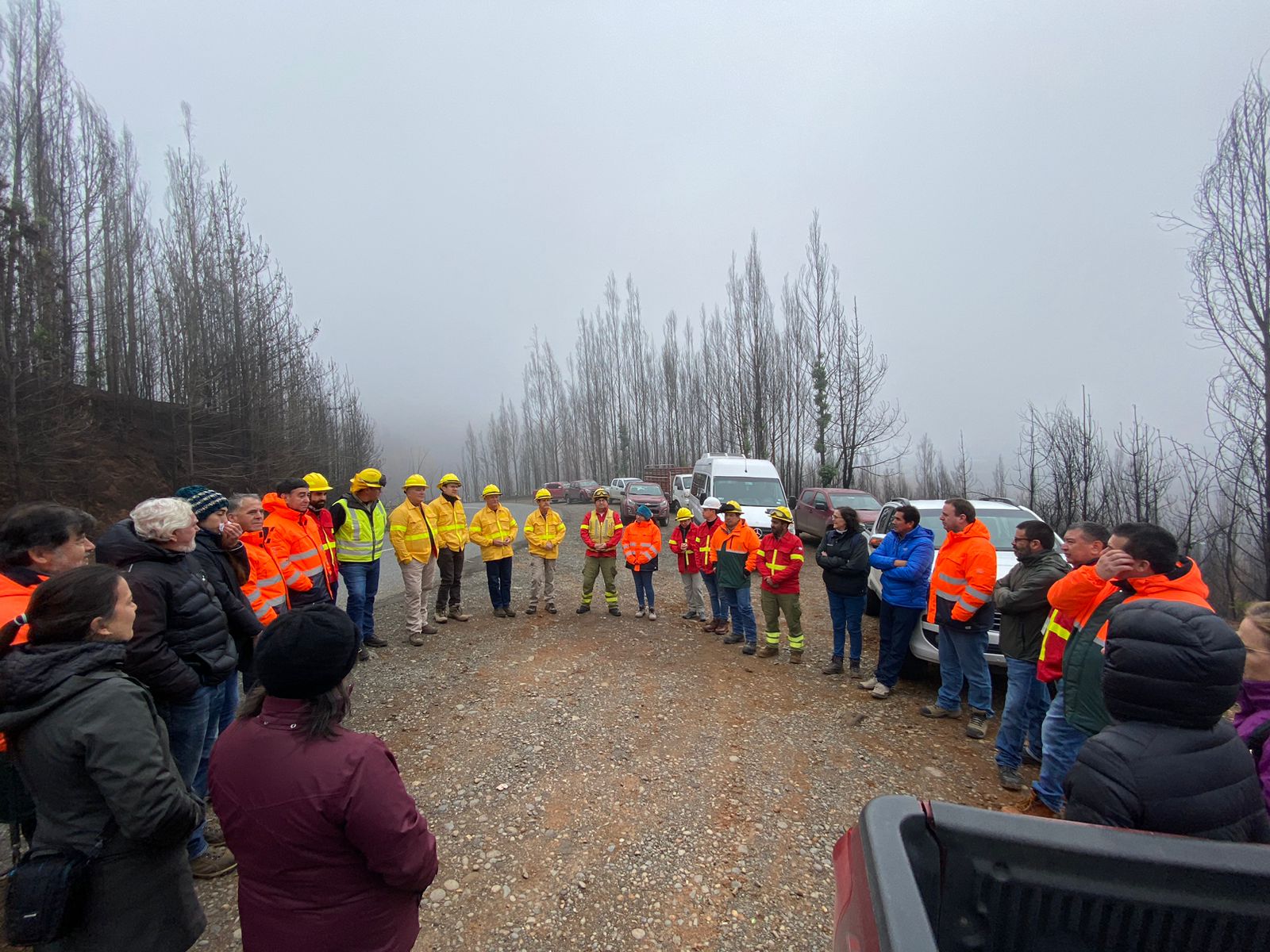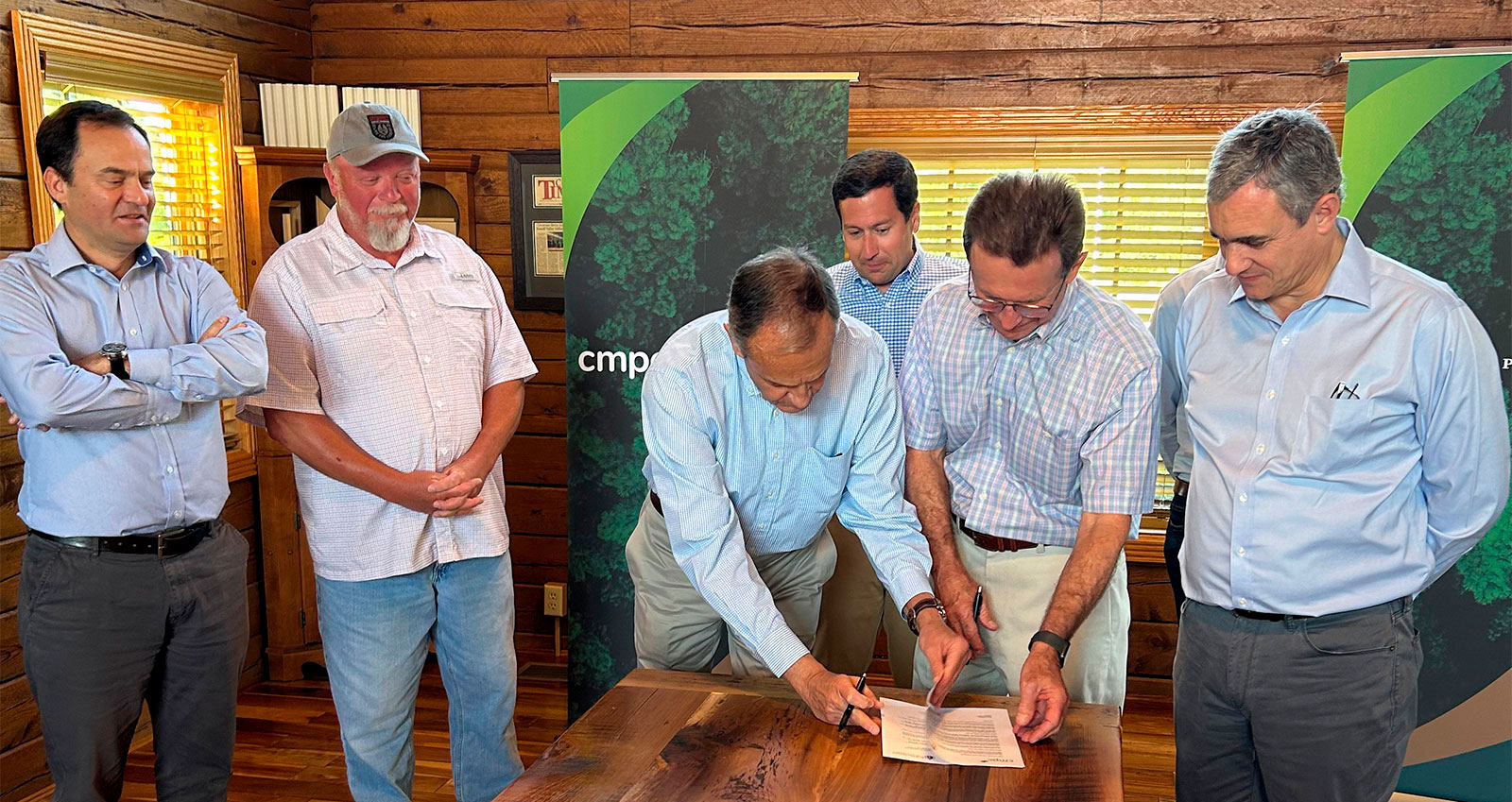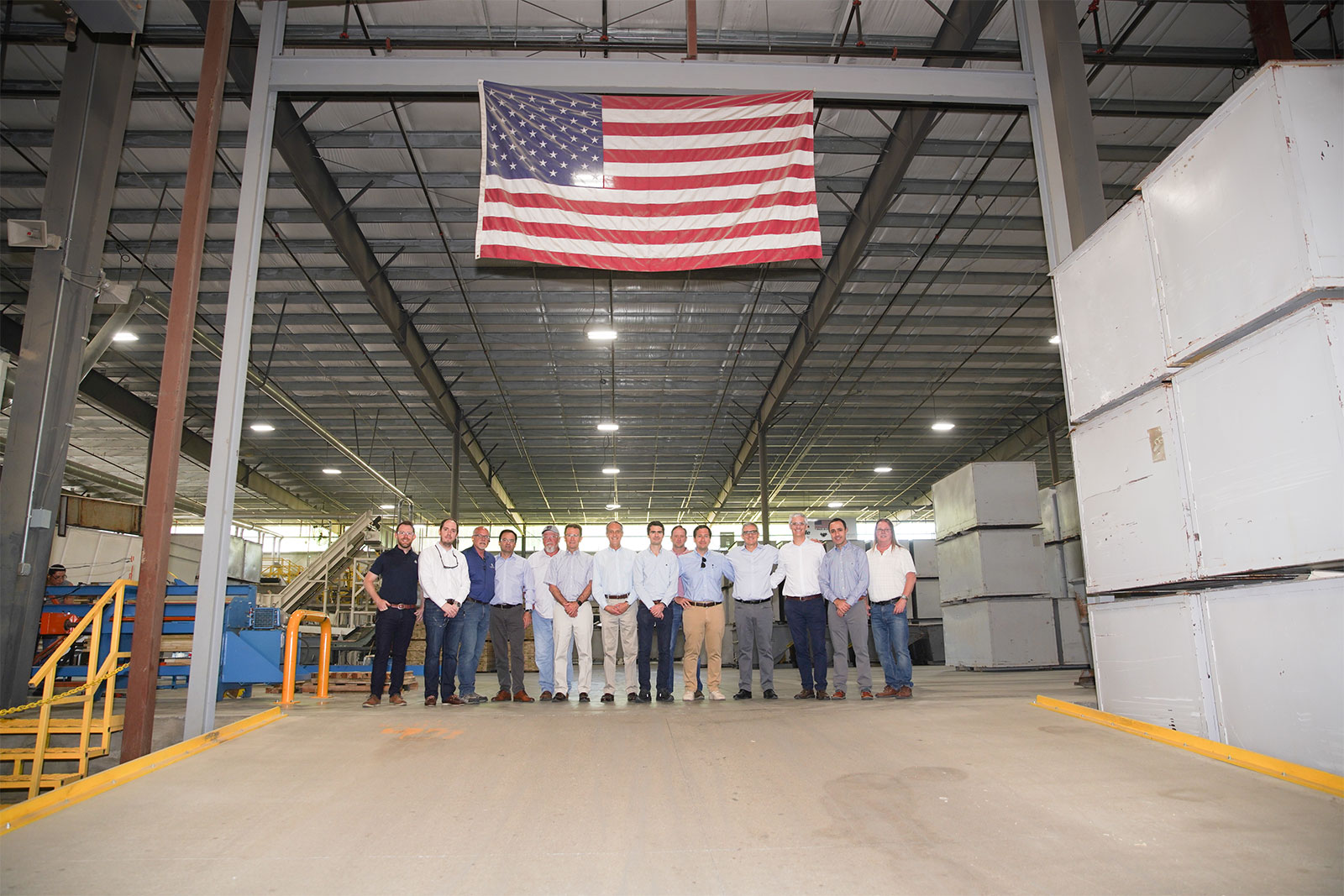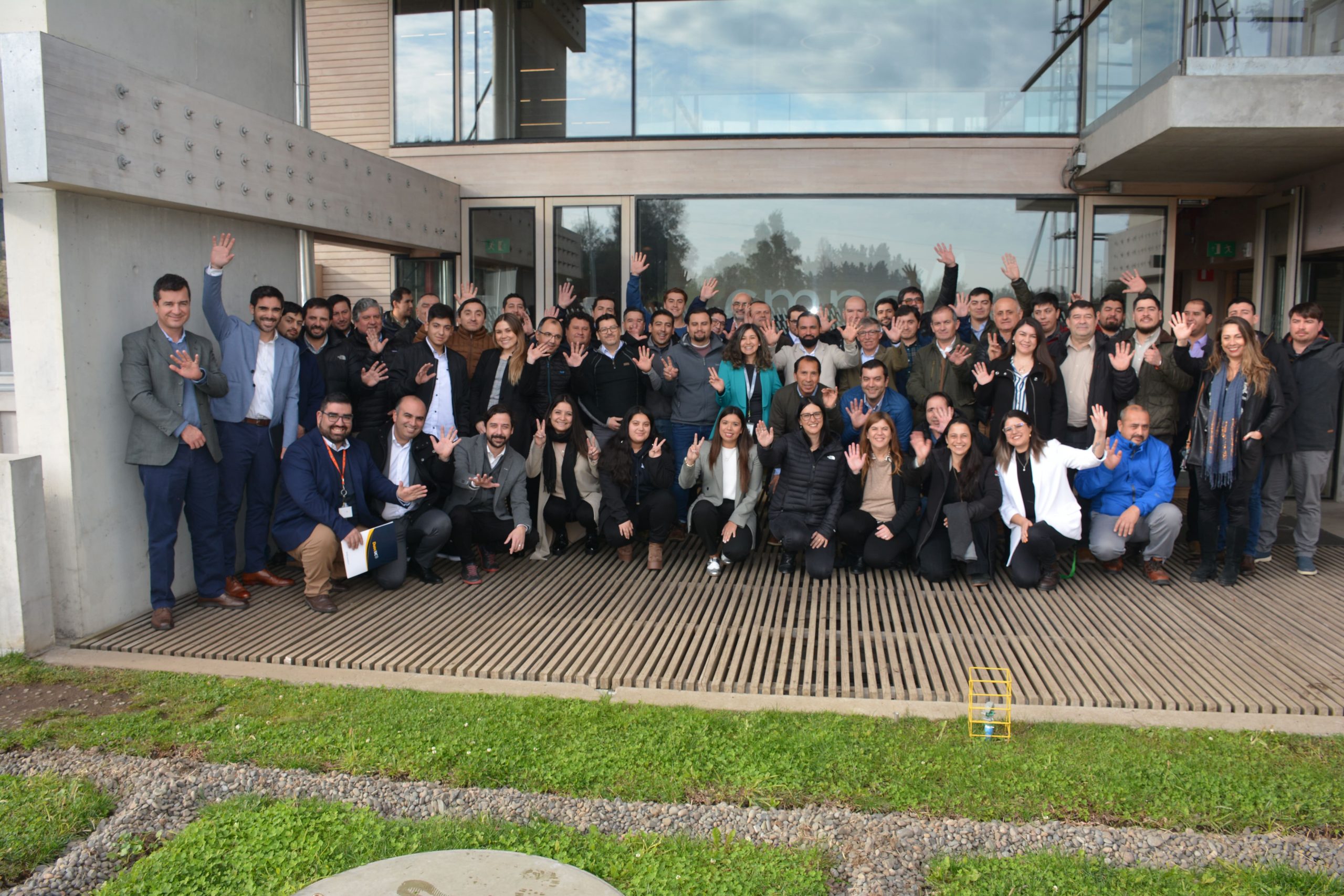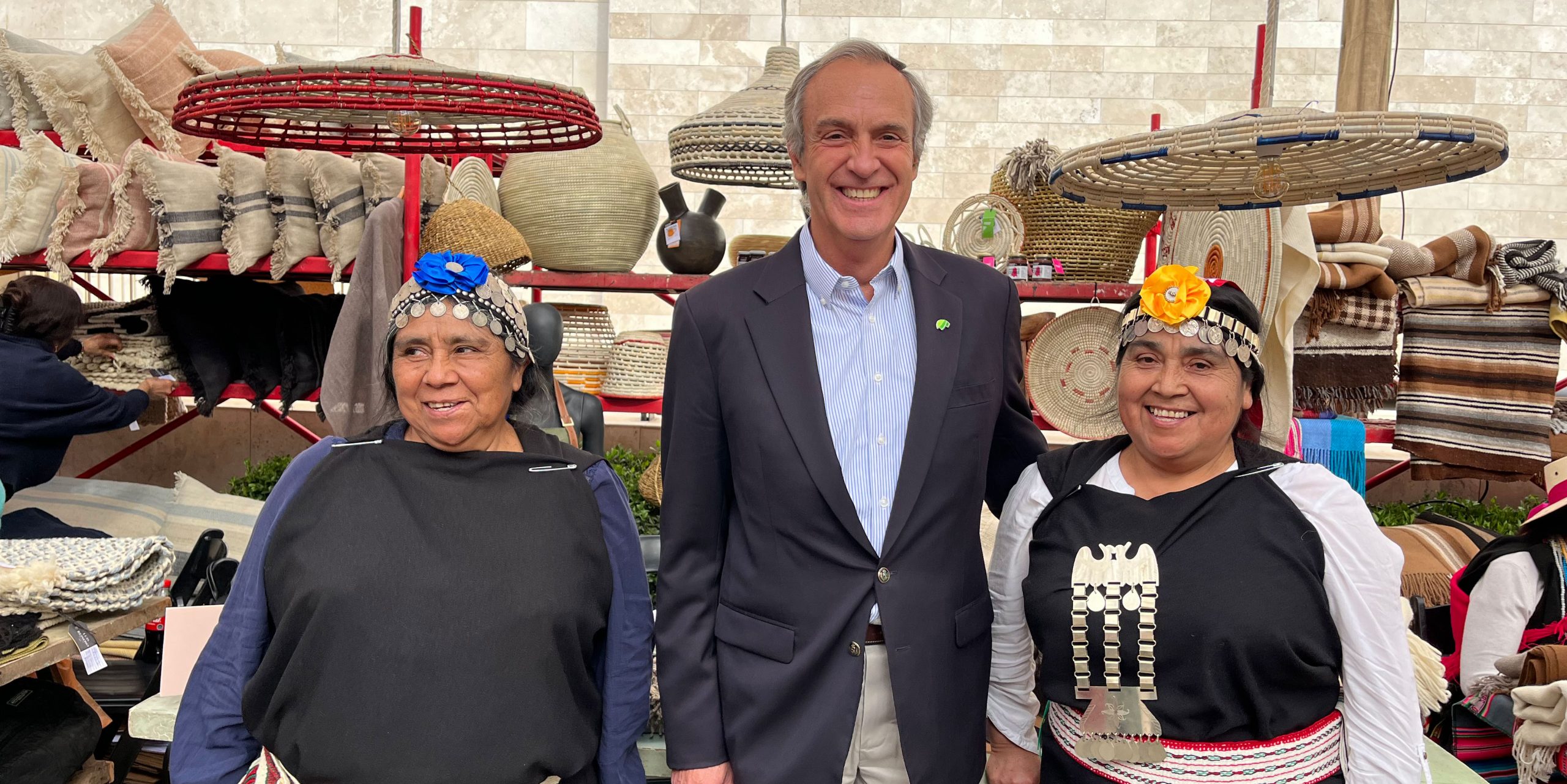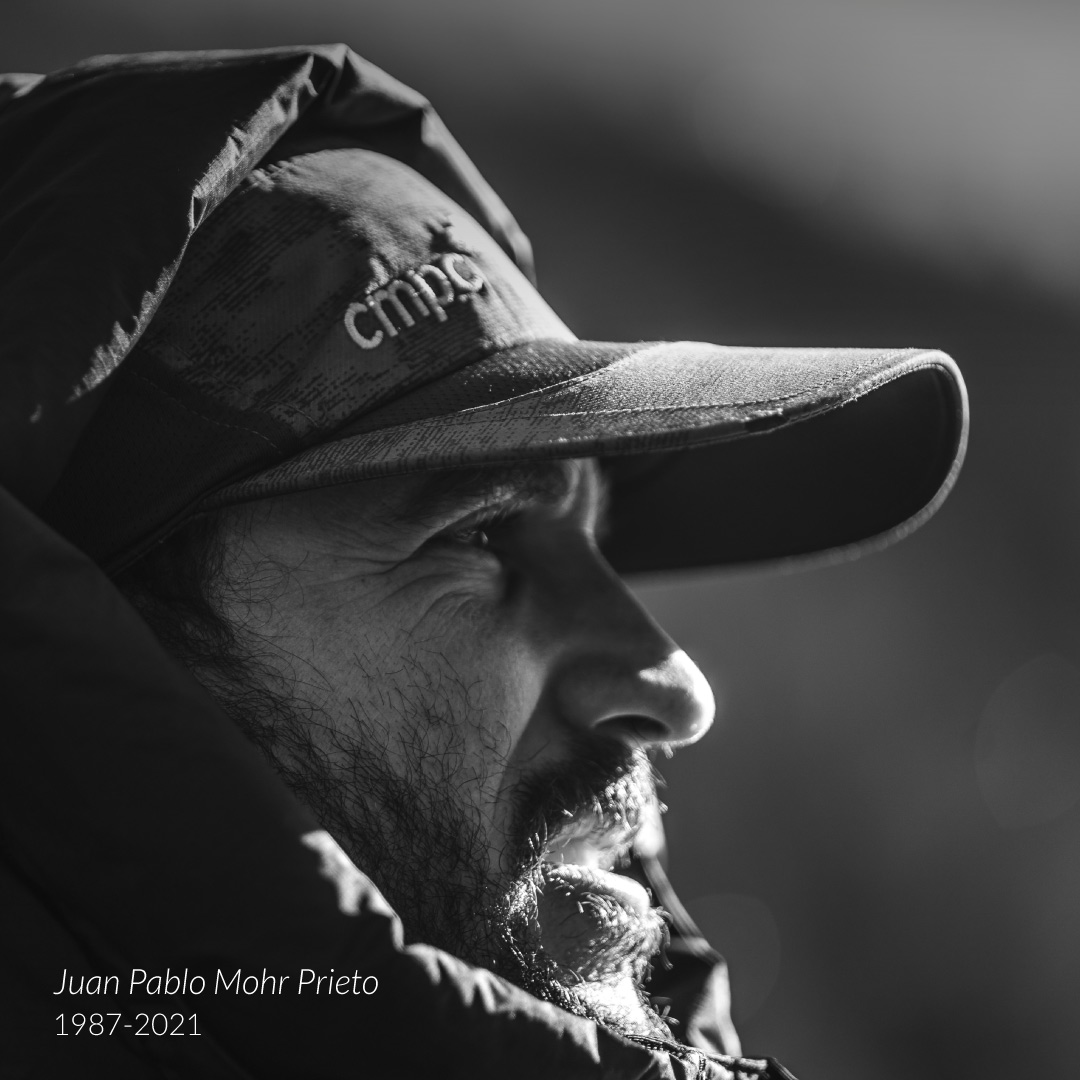
Juan Pablo Mohr’s dream of building 16 mountain refuges, in the highest locations in Chile, begins this year
22 de February, 2021
November 2020, on International Mountain Day, Juan Pablo Mohr was touring Chile working toward the challenge he had set himself, “Los 16 de Chile”. His efforts centered on driving the sport, culture and mountaineering tourism in the country by climbing Chile’s highest summits, and building 16 mountain refuges to international standards.
However, the project was brought to a hiatus for a few months, given that in the second half of December of last year, Juan Pablo set out to Pakistan to continue on another of his challenges: summiting the 14 tallest mountains on the planet, with no oxygen. At that point he had successfully climbed four. He set out on a winter climb of K2, second only to Everest, and on the final stage of his climb, he was lost. After a twelve-day search, he was officially declared dead.
In his honor, the dream will not die with him. Fundación Deporte Libre, Club 14 ocho mil, and Empresas CMPC have united under a truly magnificent project, and have collectively announced that they will bring to life his dream, and build on his legacy by completing his last mission and building the refuges he intended to in his project “Los 16 de Chile”.
The goal is, starting in this first semester of 2021, to continue to make progress and finish building the first of the 16 refuges. Estimates calculate building will continue at a rate of two refuges every year, after concluding all the necessary surveying and studies to correctly determine feasibility and design, and ultimately build these refuges on the highest summits in Chile.
The Journey
Between June and the first days of December 2020, Juan Pablo managed to climb 11 summits across the length and breadth of the country. On each of his climbs the intention was to mark out trails and routes and identify where these refuges could be built, all to international standards. The refuges would allow fellow sports men and women to rest, spend the night and replenish their strength before summitting or beginning their descent.
The project led Mohr to reach five summits in the south of the country. The climber summitted the volcano Tronador (3,491 m.a.s.l.) in the region of Los Lagos, the Lanin (3,719 m.a.s.l.) and Villarrica (2,800 m.a.s.l.) in the region of Araucania, and Sierra Velluda (3,585 m.a.s.l.) in the Biobio region, the latter of which also saw him climb the Antuco volcano, and Nevados de Chillan (3,212 m.a.s.l.) in the region of Ñuble.
In the north of Chile, Mohr successfully reached the summit of the Parinacota volcano (6,342 m.a.s.l.) in the region of Arica, the Sillajuay (5,982 m.a.s.l.) in the region of Tarapaca, mount Llullaillaco (6,739 m.a.s.l.) in Antofagasta, the volcano Ojos del Salado (6,893 m.a.s.l.) in the Atacama region, and Nevado Olivares (6,160 m.a.s.l.) in the region of Coquimbo.
Last but certainly not least, Juan Pablo climbed mountains in the central area of the country; Picos del Barroso (5,000 m.a.s.l.) in the region of O’Higgins. Of the 16 mountains originally intended in his project, he was only missing Juncal (6,110 m.a.s.l.) in the region of Valparaiso, Tupungato (6,750 m.a.s.l.) in the Metropolitan Region, the Peteroa volcano (4,017 m.a.s.l.) in the Maule region; and in the extreme south mount San Valentin (3,919 m.a.s.l.) in the region of Aysen, and the volcanos Lautaro and Murallón (3,491 m.a.s.l.) in the region of Magallanes.


